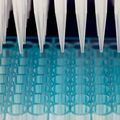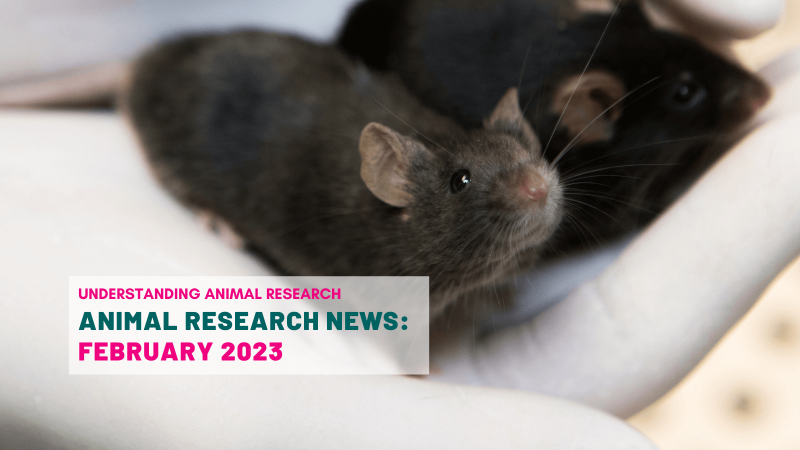 Our attention was drawn this week to a relatively new European initiative called AXLR8, a consortium which aims to accelerate progress in developing alternatives to animals for safety testing. It has just released a 300-page progress report detailing achievements in replacing and reducing (two of the 'three Rs') animals in research and testing.
Our attention was drawn this week to a relatively new European initiative called AXLR8, a consortium which aims to accelerate progress in developing alternatives to animals for safety testing. It has just released a 300-page progress report detailing achievements in replacing and reducing (two of the 'three Rs') animals in research and testing.
Alternative Testing Strategies Progress Report 2010 runs to 300 pages; its content is quite technical and it includes realistic recommendations from a scientific panel. It explores approaches that may reduce or replace animals, including the use of embryonic stem cells to create heart tissue for medicines testing and computer programs that can predict the effect of a medicine in the body. It also discusses reduction technologies that are already widely used, such as robotic pre-screening of potential medicines.
Elsewhere on the AXLR8 website there is a list of EU-funded three Rs research projects. With partnerships such as the European Partnership for Alternative Approaches to Animal Testing, and AXCLR8 itself, over 30 such Europe-wide initiatives and 14 'other' three Rs initiatives are listed. Over the last 20 years the European Framework Programmes for research have invested over 200m €, and the EU/COLIPA Joint Research Initiative on cosmetics testing 50m €, in reduction and replacement techniques. Invariably these projects are partnered by industry, which must multiply the investment considerably.
The AXLR8 report echoes the 2007 report by the US National Research Council, Toxicity Testing in the 21st Century A Vision and a Strategy. This stated:
'Recent advances in systems biology, testing in cells and tissues, and related scientific fields offer the potential to fundamentally change the way chemicals are tested for risks they may pose to humans'.
It continued:
'Over time, the need for traditional animal testing could be greatly reduced, and possibly even eliminated someday. For the foreseeable future, however, targeted tests in animals would need to be used to complement the in vitro tests, because current methods cannot yet adequately mirror the metabolism of a whole animal.'
Both reports are optimistic but clearly show the great effort and scientific commitment required to develop and validate replacement safety tests. The NRC report has been widely misrepresented by antivivisection groups. Referring to the report, they have claimed that we could easily, safely and immediately abandon animal research and testing. Sadly, we already beginning to see the same misrepresentation of the AXLR8 report.
Last edited: 29 July 2022 14:24



